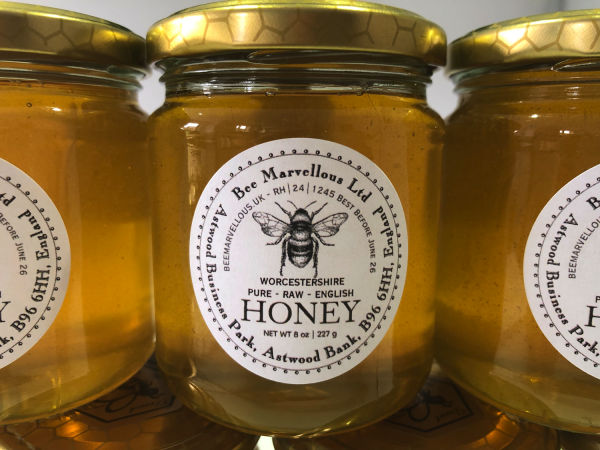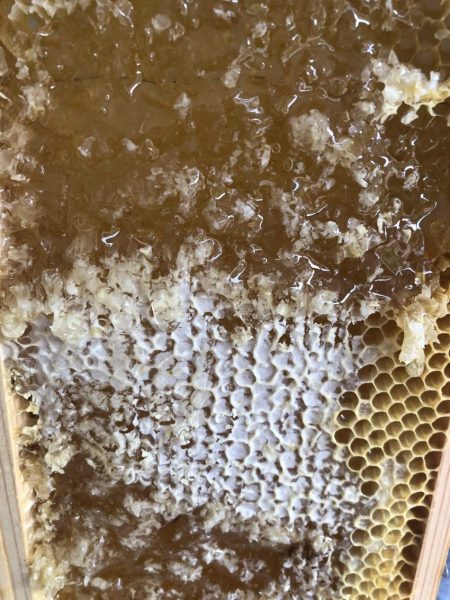
Is Honey Good For You?
Honey is becoming an increasingly popular addition to many of our breakfast dishes including cereal, porridge and even the occasional smoothie, but have we ever considered the various health benefits behind consuming this delicious concoction? Forget about eating it, what do you really know of its other uses and qualities. Well fear not, for I am here to explain some of the perhaps not so well-known advantages of enjoying this delicacy.
Some Honey History

But first, I think it best to digress slightly and discuss its history. The first ever depiction of honey dates to an 8000-year-old cave painting discovered in Valencia, Spain back in 2014. This magnificent artefact depicts several beekeepers harvesting honey from a cliff edge, and moreover, alludes to our ancestor’s knowledge of its benefits.
But that’s not the best part. In November of 1922, whilst a group of British archaeologists were uncovering the ancient Tutankamuhn’s tomb, they happened upon a perfectly preserved jar of honey. Though the honey was found crystallised, it dates back 3,500 years. Now, if this extraordinary revelation doesn’t demonstrate the mysterious wonders of honey, then I can’t think what will. Yet it wasn’t just the Egyptians who believed it to be so precious. It’s clear to see its value had been inherited by both Greek and Roman Mythology in centuries gone by. Honey and Bees were both substantial symbols within Greek and Roman civilisation. We only have to look at their statues, jewellery and pottery to observe how commonly featured they were in their designs. It was believed that honeybees were servants to the Gods and that honey itself possessed essential healing powers and thus were often fed to these deities. Such were the likes of Zeus, for example, who was fed honey and milk as a baby in the hopes that he would grow stronger much quicker.

Moreover, we cannot dismiss the knowledge our ancestors in Asia possessed. From the Indian and Arabic regions over to Japan, all these cultures refer to the healing and medicinal properties of honey. Deities within Hinduism such as Lord Krishna, Indra and Vishnu were all referenced as Madhava meaning “ones born of nectar”. Equally so, the Holy Quran states “there is healing in honey”. As for Japan, during the 9th century honey came to fame when large quantities were gifted to its emperors from neighbouring dynasties, soon after prompting the introduction of bee keeping in their society amidst the 12th century.
So then, if all these civilisations before us have continually mentioned their appraisal of honey, what makes it so special? What gives it the right to survive thousands of years locked away in a tomb, unspoiled, unrotten…perfectly preserved?
For me to divulge honey’s many secrets, we’d be here quite a while. But with the help of executive director, Amina Harris, of the Honey and Pollination Centre at the University of California, she states that “honey in its natural form is very low moisture”. In other words, it’s a ‘hygroscopic’ food source. It has the ability to absorb moisture from the air, yet, in its natural state, contain practically no water molecules. Sadly therefore, most microorganisms must look elsewhere for environments to infest and spoil. Honey would be a most inhospitable choice, lest they wish to shrivel up and die of course. Furthermore, thanks to a host of organic acids – which we’ll come back to later – honey lies between pH 3 and 4.5, and as Amina points out it would “kill off almost anything that wants to grow there.” It’s literally undefeatable.
Thus, if you were to dip your finger into that jar of honey during a trip to Tutankhamun’s tomb, I believe you’d be quite alright.
How Is Honey Made Then?
Honey is essentially concentrated, liquified nectar sourced from the “nectaries” of floral species. After a hard day’s work pollinating our crops and various other plants, our honeybees will return loaded with nectar they’ve guzzled from flowers during their foraging trip. Part of what makes honey ‘Undefeatable’ is an enzyme called glucose oxidase found in the saliva of a honeybee. Whilst it regurgitates nectar it’s feasted on, the enzyme works its magic by breaking the nectar down into several biproducts: hydrogen peroxide, gluconic acid and simple sugars, mainly fructose and glucose. These are stored inside honeycomb – a wax like structure that forms a organised framework of storage inside the hive. The biproducts are then evaporated from the internal heat of the hive produced by the honeybees’ vibrating wings. This is where virtually all the moisture is removed producing a hygroscopic food.
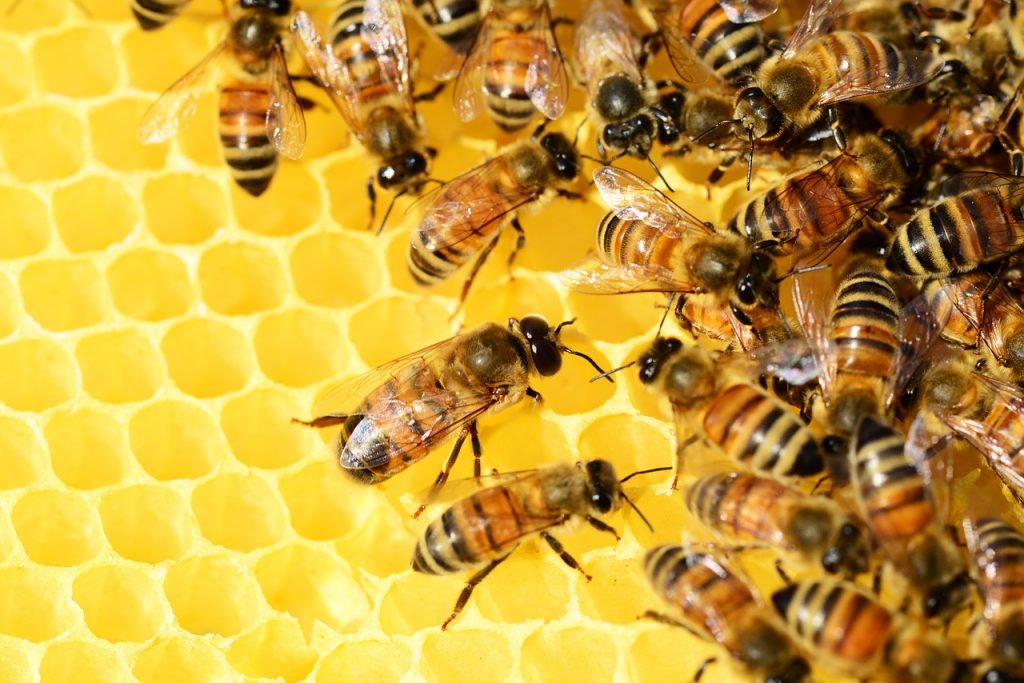
Once the sugars begin to thicken up, herein lies the final product: a deep, flavoursome, golden liquid…honey.
The type of honey you harvest depends on the species of flowers the honeybees have pollinated. Consequently, you could find yourself eating rapeseed honey on your cereal. Or perhaps you prefer clover honey? I for one have a sweet spot for orange blossom. Either way, there are 320 different varieties you can get your hands on, all of which present valuable medicinal treatments.
However, before we continue, I must mention that the qualities of honey listed below are most prevalent when bought in its rawest form. If you are looking to invest in a jar, we recommend you look out for naturally harvested raw honey from a single floral source.
Avoid terms such as “runny honey” and “ultrafiltered” and don’t be convinced by “internationally sourced” honey either. Usually, these products available in supermarkets tend to be pasteurized, processed or combined with syrups and additional sugars. According to Dr Tauseef Khan from Toronto University “conventional processing of honey involves straining and filtering and then heating for a short period of time”. However, Khan then explains this process “actually damages the honey — and many of its bioactive compounds lose their effect.”
If you were to purchase locally harvested honey, perhaps from a nearby farm shop or beekeeper, you’re more likely to receive the true “raw honey experience” that’s been filtered, but not heat treated.
So, Let’s Have a Look at the Health Benefits Of Honey
Lowering Cholesterol and Blood Sugar Levels
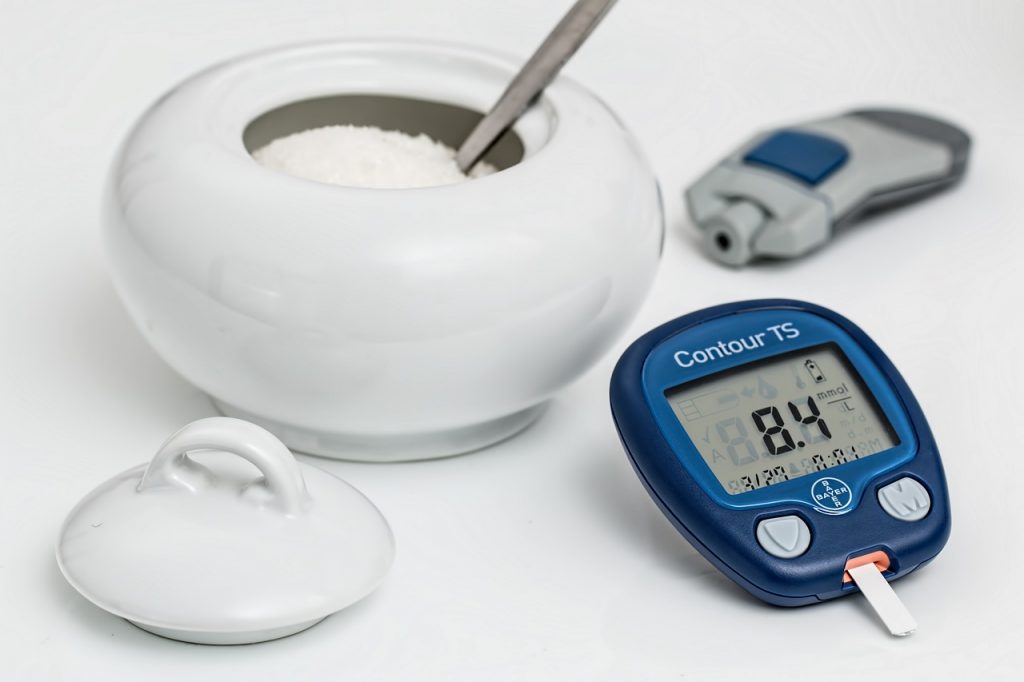
I’d never imagine honey of all things to have been shown to improve our cardiometabolic health. After all, according to Dr Tauseef Khan “honey is about 80 per cent sugar”. However, whilst that is the case, it also contains several other ingredients including the minerals zinc, potassium and iron, bioactive nutrients, prebiotics and organic acids.
Research performed by a group of nutritional scientists from the University of Toronto involved 18 controlled clinical trials with over 1,000 patients taking part in their analysis, specifically investigating honey’s effect on heart health and metabolic rate. The patients were given a strict dietary plan to follow consisting of 10% sugar intake, where raw honey was replaced by regular sugar.
Studies observed a glucose reduction of 0.2 mmol/L and a cholesterol reduction of 0.18mmol/L. Whilst these results are only marginal decreases, over the eight-week investigation, they concluded it produced long term benefits. Dr Khan explained that “raw honey drove many of the beneficial effects in the studies, as did honey from monofloral sources such as Robinia and Clover.”
The general takeaway from the research resulted in the recommendation of consuming honey, if possible, in its rawest form “from a single floral source” as a substitute for other sugars such as syrups and artificial sweeteners.
Excellent For Wound Care
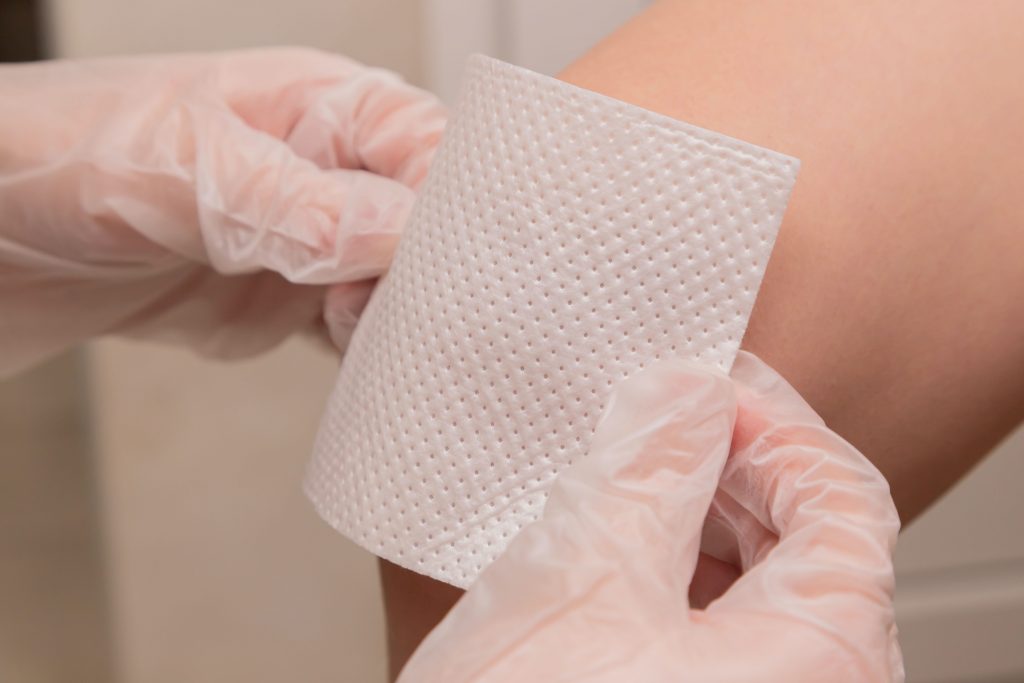
In order to outline how useful honey can be when applied to an open wound, I invite you to travel back to 15th century England amidst the height of the Medieval Era.
It’s July 1403 and the Battle of Shrewsbury wages on between the Lancastrian ruler King Henry IV alongside his son, Henry V and an army of Northumberland rebels lead by Henry Percy.
Henry V, heir to the throne of England has been struck with a Bodkin arrow. These deadly arrows, once lodged into the tissue were known to be virtually impossible to extract. That was until the master craftsmen stroke royal surgeon, John Bradmore, used his controversial medical skills combined with the antibacterial qualities of rose honey to successfully remove the arrowhead nuzzled against Henry’s skull, centimetres from his brain.
At the time, this battlefield surgery phenomenon was viewed as witchcraft. The removal of the bodkin head involved a series of linen bound elder wood probes soaked in rose honey which were inserted into the wound to keep it open. Bradmore clearly knew of rose honey’s antibacterial nature, having the courage to apply a substantial amount to his royal patient. He then used his blacksmith skills to weld a specially designed tong that was then inserted into the wound, clasped over the arrowhead and carefully pulled out. The wound was then soaked in alcohol to cleanse and disinfect it. Henry V survived but was left with a rather miserable looking scar embedded on his right cheek.
Fun fact: every portrait made of Henry V following this accident was taken from his left – side profile as he was slightly embarrassed by the hideousness of his scar.
Several aspects of honey can be attributed to its wound-healing properties. Firstly, its thick viscosity when applied to a wound acts as a barrier against harmful pathogens. Secondly, many varieties of honey possess antibacterial agents including Hydrogen Peroxide formed during enzymatic activity of glucose oxidase. The compound prevents infection by deterring any growth of pathogenic microbes present at the site of the wound. Finally, honey application maintains a level of moisture around the wound so that essential bodily functions such as angiogenesis (the formation of new blood vessels) and collagen synthesis can still occur encouraging a faster healing process.
Anti-Inflammatory and Antioxidant Properties

A common theme between cardiovascular disease, diabetes, arthritis and cancer is that they’re all caused by inflammation. Nowadays, in nutritional science and research, honey is becoming an ever more popular product to investigate in clinically treating these inflammation-based diseases. Studies from 2018 {https://www.mdpi.com/1420-3049/23/9/2322/htm} performed in Ancona, Granada, Ourense and Santander Universities developed detailed investigations into honey’s antioxidant properties. From what we can gather, this mainly comes down to two organic acids present in honey: phenolic and flavonoid acid.
The results of a combination of “several in vitro and vivo studies” demonstrated honey’s “protective effects on the nervous, respiratory and gastrointestinal systems”. They disturb the secretion of the enzyme lysozyme whilst inhibiting arachidonic acid production, both of which cause inflammatory reactions. Thus, both acids make for excellent developing treatments for cancer, arthritis and cardiovascular disease.
Aids Digestion
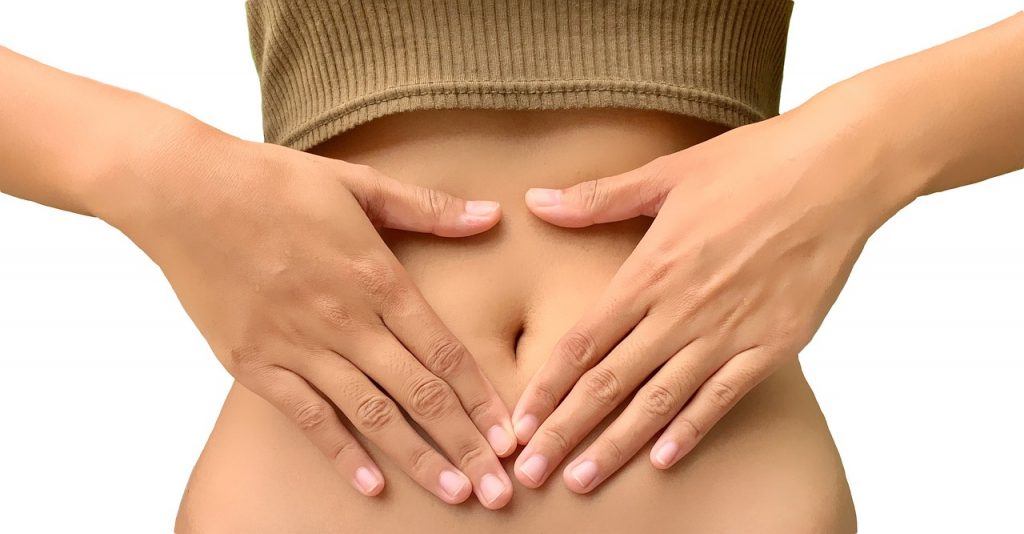
When you incorporate raw honey into your diet, you’re treating your digestive system to an assortment of important nutrients and minerals like zinc, iron, organic acids and enzymes. But one of the most advantageous components is its diverse selection of prebiotics.
One example is a non-digestible oligosaccharide, which is a type of prebiotic carbohydrate consisting of a chain of 3 -10 simple sugars. Examples found inside honey include raffinose, maltose and sucrose.
Doesn’t sound particularly appealing, does it?
On the contrary, these oligosaccharides are extremely valuable to your gut biome. They have many different functions including increasing vitamin production, colon cleansing and improving diarrhoea and constipation. But regarding your overall gut health, they stimulate and promote the growth of several probiotic bacteria that inhabit our gut known as Bifidobacterium and Lactobacilli.
Probiotic bacteria are essential within not only our digestive system but also our immune system. If we are under the weather, but we have a healthy constant flow of probiotics in our blood stream and gut, you’re more likely to fight off the bad bacteria attacking your immune system.
Alongside this, honey is also a mild laxative and often recommended to IBS patients as it can alleviate bloating, diarrhoea and constipation symptoms. If you are struggling with any of these symptoms, try consuming 3 tablespoons of honey every morning. This may relieve some stress on your bowel.
Honey Contains Effective Anti-Bacterial and Antimicrobial Properties which Create the Perfect Remedy For a Sore Throat or Cold
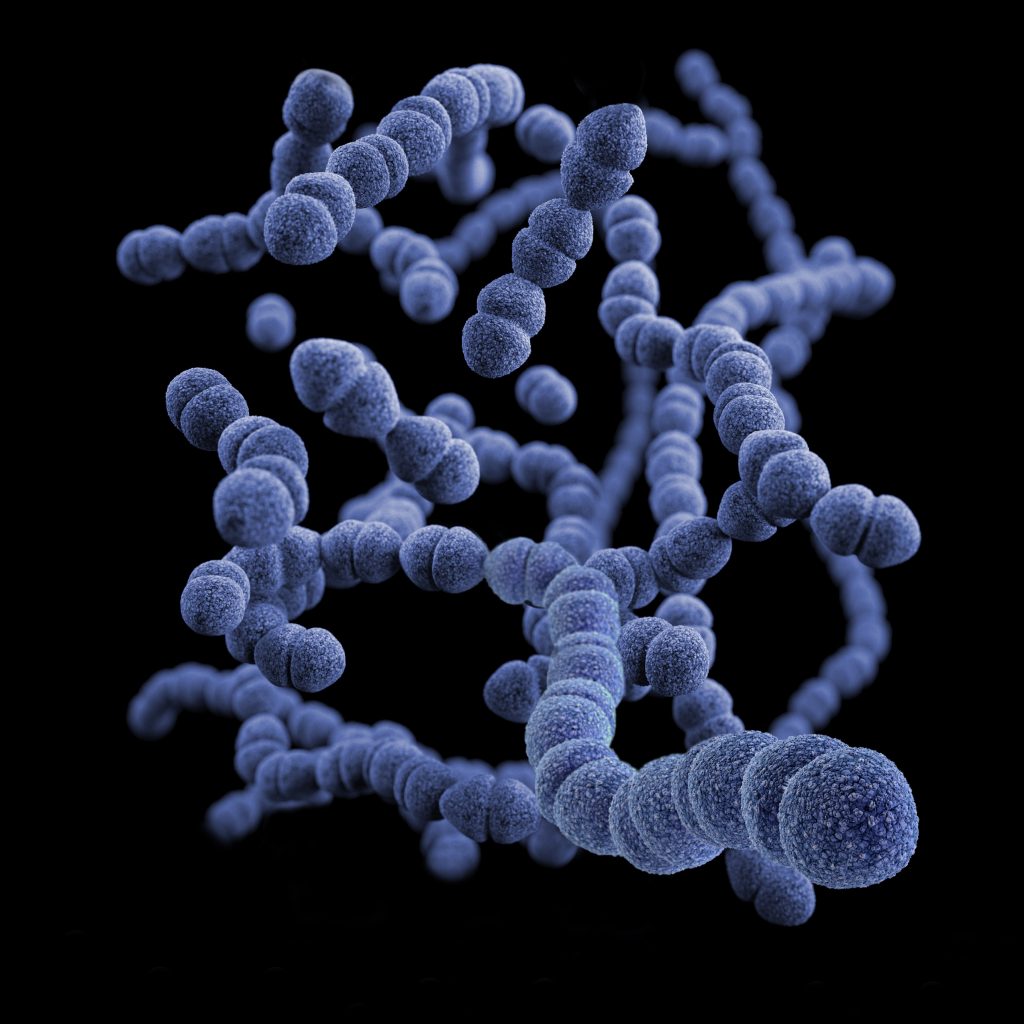
Have you been suffering from a sore throat or a lingering winter cough? Or are you battling an incessant sinus infection you’ve not quite shaken off yet? Well thankfully, we can utilise honey’s antibacterial fabulousness in many other ways too. Honey has been shown to sooth inflamed sinuses and sore throats naturally whilst tackling any microbial or infectious viral symptoms.
If you’re feeling low, try out this fantastic homemade remedy below to replenish your dishevelled immune system:
Ingredients: (can be refrigerated for up to 2 months)
250 ml / 1 cup of honey (preferably raw and natural)
250 ml / 1 cup of water
125ml / ½ cup of lemon juice
60 ml / ¼ cup of grated ginger (around two thumb sizes of peeled ginger)
60ml / ¼ cup lemon zest
*Optional*
A generous pinch of turmeric contains helpful antioxidant properties which will strengthen the effectiveness of your cough syrup.
Cooking instructions:
Grab a saucepan and add your lemon zest, water and grated ginger. Heat this mixture on medium heat until it boils. Then allow your mixture to simmer for several minutes. It is optional to strain the mixture into a measuring cup (to get rid of the lemon and ginger zest).
Wash out your saucepan and then pour 1 cup of honey in. Gently heat the honey on a low heat. Be careful not to burn it. Once you see little bubbles rise in your honey, slowly add your lemon, ginger and water mixture and then combine. Stir the mixture well until it forms a thick syrup.
Pour your cough syrup into a tightly sealed jar.
For best results consume within 2-3 weeks. However, this can be refrigerated for up to 2 months.
Please note: we do not recommend children below the age of one ingest this cough syrup. Honey can occasionally contain microscopic amounts of the bacteria clostridium botulinum known to cause infant botulism.
Hay Fever Saviour
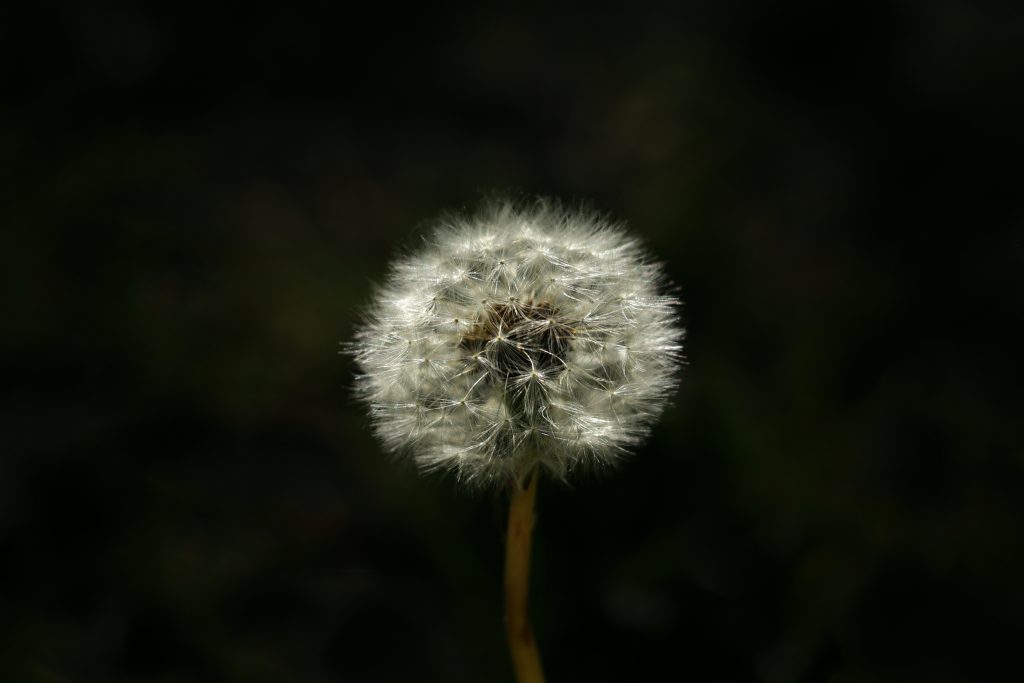
Many of us unfortunately cannot escape a year without being tormented by the nuisances of hay fever. Whether it’s grass pollen that’s your arch enemy or hawthorn, it would be unfair not to mention that our beloved, honey, is actually the best and most productive medicine for tackling allergic rhinitis (the fancy name for hay fever)
I sincerely urge you to think twice about resorting to antihistamines. They can cause drowsiness, low blood pressure, headaches, blurred vision, diarrhoea and even rapid heart rates. Instead, opt for the natural (and I should emphasise…more effective) alternative, raw honey. There are some key factors to point out first though.
There are two types of hay fever: Seasonal and Perennial. Seasonal hay fever, which is largely more common, can occur when there is a certain floral species that’s grows most abundantly during a specific season producing pollen that your immune system cannot deter very well. But Perennial Hay Fever occurs all year round and is caused by dust mites, dander or pet hair.
Nonetheless, honey is great at tackling symptoms of either type of allergic rhinitis due to its anti-inflammatory properties. You could even opt to make some homemade cough syrup (mentioned above) to help treat your sore throat.
But it can be very useful to determine whether you suffer from Seasonal or Perennial hay fever.
And if you can do so, you may choose to invest in a local, single floral sourced honey. The advantages to this investment, though, mainly apply to Seasonal Hay Fever sufferers.
Here’s why.
For instance, if you notice you suffer from hay fever during Spring, you may find it’s Hawthorn that’s causing the problem. This white blossom tree blooms most abundantly from February until around June, so it has a large season. By purchasing alocal raw Spring – time honey, it’ll most likely contain traces of hawthorn pollen as honeybees will have foraged from the many hawthorn trees in bloom during Spring. Drizzle this gorgeous honey over your morning porridge, cereal or whatever takes your fancy over a period of several months and we can guarantee you’ll build up a stronger immune response against the pollen. Without realising, you’re micro dosing trace amounts of pollen into your meals and thus gradually developing immune resistance against it. This goes for any type of honey, whether it be clover, orange blossom, elderflower etc.
Unfortunately, raw honey does not contain any trace amounts of dander, dust mites or pet hair (thankfully) so you can’t develop immune resistance against perennial hay fever by consuming it.
But it does wonders for Seasonal Hay Fever sufferers and effectively treats Perennial hay fever symptoms.
Conclusion:
I truly wish I could befriend a honeybee. The last time I tried, I stepped on her by accident and enjoyed a week trotting around on a balloon sized foot.
But alas, we have come to an end. Forgive me for I have divulged a great deal here.
To conclude, I think we’d be at a severe loss without honey. It is, without a doubt, a very precious commodity. But also, one that necessitates the protection of the honeybee species. Albert Einstein wisely proclaimed, “If the bee disappeared off the face of the Earth, man would only have four years left to live.”
It’s simple really. If we have no honeybees, we have critically depleted pollination. To be specific, 84% of our entire crop yield would never be pollinated… and that only accounts for Europe.
Without honeybees, we have no food.
So, if you do happen to come across a honeybee whizzing about in your garden, why not take a moment to simply watch in ore of everything they do to keep you alive. Heck, next time you’re in the mood, try planting some purple coneflowers in your garden – they go mad for the stuff.
And from the plethora of medicinal uses of honey I’ve discussed today, I can with 101% confidence declare that a jar or two would make a splendid addition to your kitchen cupboard.
Honey – Natural, Local, Fresh, Raw and Pure English Honey For Sale Online From Bee Marvellous Ltd Based in Worcestershire UK
Discover our exquisite local honey, available for purchase online and local delivery in Redditch and Bromsgrove. Crafted in the heart of Worcestershire’s rolling hills, our English honey embodies the essence of the UK countryside. Sourced from bees foraging in the finest pastures, fields, and woodlands, our honey bursts with natural floral notes drawn from a […]
You Can Buy Our Honey From Us Here
Some More Interesting Honey Articles:
Important Historical Figures In Beekeeping
